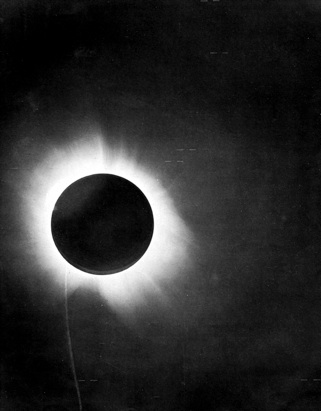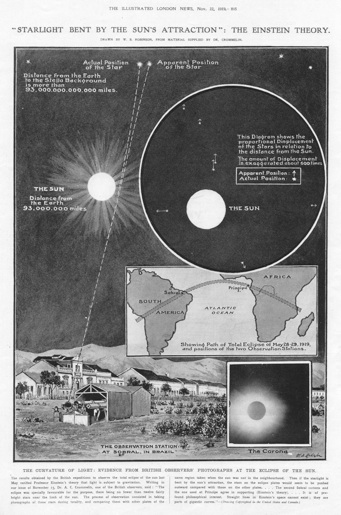Solar eclipse maps from 1911 to 1920
Sources
The maps from the British Nautical Almanac and Astronomical Ephemeris were found and extracted from http://books.google.com. The maps from the French almanac Connaissance des Temps are from the collection of Michael Zeiler or were found and extracted from http://books.google.com. The maps from the American Ephemeris and Nautical Almanac and eclipse supplements from 1911 to 1920 are either scanned from the collection of Michael Zeiler or scanned from holdings at the Federal Depository Library in Albuquerque, N.M.
The newspaper pages with eclipse maps and stories were found at U.S. Library of Congress page on Chronicling America: Historican American Newspapers, http://chroniclingamerica.loc.gov/
Sheridan Williams provided several eclipse maps for the 1901 and 1905 eclipses. I believe these maps are from eclipse supplements to the British Nautical Almanac, but this needs to be confirmed.
All of the eclipse maps by William Rigge published in Popular Astronomy can be found by searches on http://www.adsabs.harvard.edu/
Map of 1918 June 8 eclipse from the Denver Post is courtesy of Thomas McKay, graphic artist for the Denver Post
The map of the 1919 eclipse from the Illustrated London News is from http://www.1919eclipse.org/images/ILN_221119.jpg
The 1912 map by David Todd, Totality-Paths of Eclipses of the Sun Visible in Mexico during the 300 Years, 1850-2150, is from http://adsabs.harvard.edu/full/1913PA.....21..349T
1918 maps by F.K. Ginzel in Betraege zur Kenntnis der historisches Sonnenfinsternisse are courtesy of Sheridan Williams.
1918 map by Royal Astronomical Society of Canada is from http://articles.adsabs.harvard.edu//full/1918JRASC..12..160M/0000168I001.html
1918 maps from the Bulletin of The Southern California Academy of Sciences, Chicago Daily New Almanac And Year Book, and Popular Science are from
This is one of the key photographs from Eddington’s expedition which yielded proof of Einstein’s theory of relativity. This is the original caption of this photograph:
“In Plate 1 is given a half-tone reproduction of one of the negatives taken with the 4-inch lens at Sobral. This shows the position of the stars, and, as far as possible in a reproduction of this kind, the character of the images, as there has been no retouching. A number of photographic prints have been made and applications for these from astronomers, who wish to assure themselves of the quality of the photographs, will be considered as as far as possible acceded to.”
Photograph and caption is from Wikimedia commons.

Probably the most important scientific discovery from any solar eclipse was the validation of Einstein’s theory of relativity during the eclipse of 1919 May 29. Arthur Eddington conducted an expedition as described below, and by measuring the displacement of stars near the eclipse sun, announced that he had verified Einstein’s theory. This announcement overnight propelled Einstein to international fame.
There is some controversy today on whether Eddington’s measurement indeed had the accuracy to justify the claim of proof.
From the Illustrated London News

From the paper by A.S. Eddington proposing the expedition. Article is found at http://adsabs.harvard.edu/abs/1919Obs....42..119E

